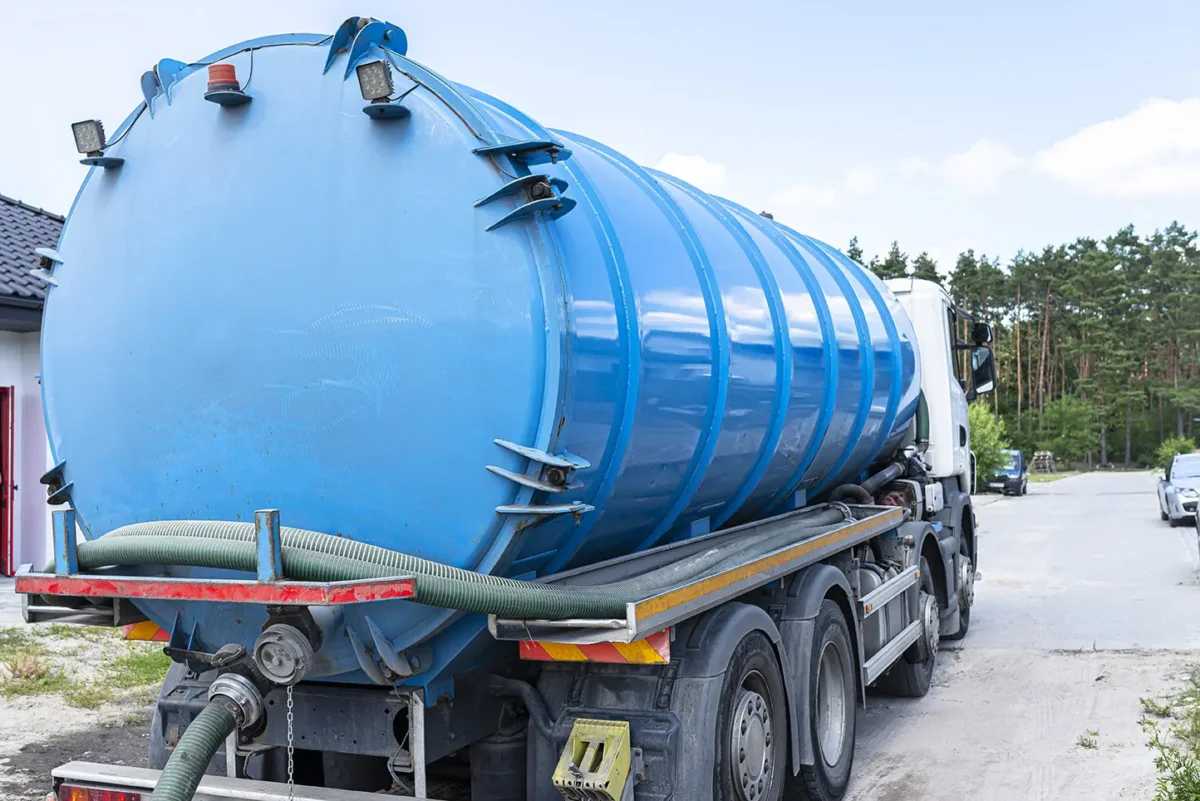Welcome to a journey through the unseen yet essential world of septic waste management. As your trusted septic service provider, we’re here to guide you through the intricacies of septic systems, ensuring you understand every step of the way – from your household to the final destination of your septic waste.
What is a Septic System?
A septic system is a self-contained, underground wastewater treatment system. It consists of a septic tank and a drain field. The tank is designed to hold and partially treat household waste. The drain field, also known as a leach field, is where the treated water is released into the soil.
The Journey of Septic Waste
Septic waste travels from your household plumbing into the septic tank. Here, bacteria break down the solids, separating scum, sludge, and effluent. The effluent then flows into the drain field, where it undergoes further natural treatment as it percolates through the soil.
Septic System Maintenance
Proper maintenance of your septic system is vital to its longevity and efficiency. Besides regular inspections and pumping, it’s crucial to be aware of signs that indicate your system may need attention. These include:
- Slow Drains: If your sinks and toilets are draining slower than usual, it could be a sign your septic tank is reaching capacity.
- Unpleasant Odors: Foul smells emanating from your drains or septic area can indicate a full or malfunctioning tank.
- Water Pooling: Unusual water pooling around the drain field could mean your tank is overflowing.
- Sewage Backup: This is a critical sign and often indicates that immediate pumping is necessary.
- Lush Grass: Oddly healthy grass around your septic tank or drain field can be a sign of leakage or overflows.
- High Nitrate Content in Well Water: For those using well water, a test revealing high nitrate levels can suggest your septic system is leaching into your water supply.
Being proactive and responding to these signs can prevent more significant issues and ensure your septic system operates effectively and safely.
Common Myths About Septic Systems
Contrary to popular belief, a garbage disposal can significantly increase the solids in your tank, necessitating more frequent pumping. Also, not all products marketed as septic-safe truly are. Thankfully, there are a few ways to determine if a product is truly septic-safe. First, look for products labeled as ‘septic-safe,’ but also cross-reference with additional labels like ‘biodegradable’ or ‘non-toxic.’ Avoid products with harsh chemicals, phosphates, or anti-bacterial agents, as these can disrupt the bacterial balance in your tank. If in doubt, consult with septic system professionals such as Goebel Septic Services or refer to reliable resources for guidance on specific products.
Environmental Impact of Septic Systems
Properly maintained septic systems protect soil and groundwater quality. However, a failing system can contaminate water sources, posing a threat to public health and the environment. Always make sure to properly maintain your septic system and contact a professional as soon as an issue appears in order to avoid harming your environment.
Legal and Health Considerations
Local regulations dictate septic tank requirements, including size (e.g., 2,000 gallons for larger homes) and installation standards. Improperly managed septic waste can lead to serious health issues, underscoring the importance of adherence to these regulations.
Practical Tips for Homeowners
Ensure your septic system’s longevity by avoiding flushing harmful materials, scheduling regular inspections, and understanding your system’s capacity. Remember, the size of your tank, whether it’s 1,000 or 2,000 gallons, dictates how often you need to pump your septic.
Closing Words
Understanding and maintaining your septic system is not just a matter of home upkeep; it’s about safeguarding your health and the environment. Regular maintenance and a proactive approach can ensure the efficient and safe operation of your septic system.
Why Trust Goebel Septic Service?
At Goebel Septic Services, we’ve been providing friendly, knowledgeable, and punctual septic services since 1979. Whether it’s routine maintenance or emergency care, our family-owned business is dedicated to ensuring your septic system functions flawlessly. For any questions or to schedule a service, don’t hesitate to reach out to us. We’re not just service providers; we’re your partners in maintaining a safe and healthy environment. Learn more about us here.



